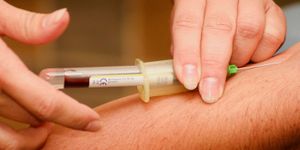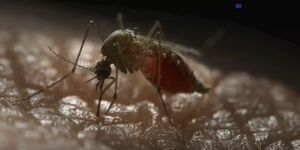Overactive Immune Gene May Cause Schizophrenia
A windy road links excessive activity of the “C4” gene to the development of schizophrenia. Researchers began to study C4 activity as part of new, preliminary research to both further understand how this condition develops and potentially develop new therapeutic targets.
C4 is part of the immune system’s “complement cascade,” a system of proteins that work together to initiate inflammatory responses triggered by infection. Proteins expressed by the C4 gene “stick” to neuronal synapses and recruit microglia to the scene. Microglia are the resident immune cells in the brain, and during healthy brain function, they clean up synaptic debris through a process called “synaptic pruning.”
Microglial dysfunction, however, can lead to disconnectivity in the brain. And disconnectivity stemming from loss of synapses is a “hallmark” of schizophrenia, which leads scientists to ask a series of questions. Is C4 overactivity leading to excessive microglial synaptic pruning as directed by the complement cascade? Is this excessive synaptic pruning leading to the development of schizophrenia?
In the past, C4 genetic variants increasing the gene’s activity have been associated in genome-wide association studies (GWAS) with increased risk of schizophrenia. In the present study, researchers conduct a novel test of what happens when the C4 gene is directly overexpressed.
Specifically, the study initiated C4 overexpression in the prefrontal cortex of mice, which led to increases in microglial synaptic pruning activity. This in turn resulted in “reduced functional connectivity between neurons” and ultimately led to fundamental changes in the status of neuronal membranes.
As a result of this chain reaction, researchers observed behavioral signs of schizophrenia in mice. Essentially, mice with overactive C4 - juvenile and adult - spent less time socializing than control mice.
"This critical developmental window may provide an opportunity to intervene to alter the developmental trajectory of schizophrenia," explained senior investigator Alberto Cruz-Martín.
Sources: PLoS Biology, “Immunobiology: The Immune System in Health and Disease”








